Hitler declared this city as the, ‘most German of all German cities.’ Nuremberg’s historic importance to Hitler and the Nazis made it an Allied target during World War II. (The Allied bombings from 1943 to 1945 destroyed more than 90 percent of the city and killed more than 6,000 residents). On 30 August 1933 Hitler declared Nuremberg the "City of the Reichsparteitage".The Party Congresses (Reichsparteitage) were a self-portrayal of the NS-state and had no programmatic task, simply demonstrating the unity of the nation. In a propagandistic way a relation was to be drawn between the NS movement and the glory of the medieval emperors and the meetings of the Imperial Estates which had been held in Nuremberg in the Middle Ages. So with this in mind he turned a huge area (about 11sq Km) into a Nazi Party Rally grounds. Not much survives today apart from the unfinished Kongresshalle (New Congress Hall). Today, when I visited, the area was hosting one of the world's largest music festivals with over 150,000 in attendance called Rock Am Ring, so nothings changed!!. But I didn't hang around to listen to the Foo Fighters and the other bands I've never heard of (listed below). There was obviously no alcohol limit as I saw one guy trying to carry in about 96 beers. The museum here was total rubbish - but they are hoping to open a new one in 2025. Then I drove over to the location of the Nuremberg Trials. Nuremberg, was chosen as the location of the trials for being a focal point of Nazi propaganda rallies leading up to the war, so the link with the above. The Allies wanted Nuremberg to symbolise the death of Nazi Germany. The court convened in the Palace of Justice. The place is still a prison and courthouse today and you can visit Room 600 where the trials were held. The museum offers little more than a podcast and some interesting photos and takes about 2 hours. There was a lot more to the the story than I realised, especially the subsequent trials (12), e.g. IG Farben, and the development of International Law as a result. Once again I was struck by the fact that so many criminals were pardoned or served only a small part of their time. Of the 88 men remaining incarcerated at Landsberg (where I was yesterday) in January 1951, 78 received clemency, which included commutations of 10 out of 15 death sentences. It was all about the politics and the new era of the Cold War and Americans being American!. BTW Saw another big thing to add to the library - A big red chair.....So I leave Nuremberg tomorrow and continue north to Dresden.



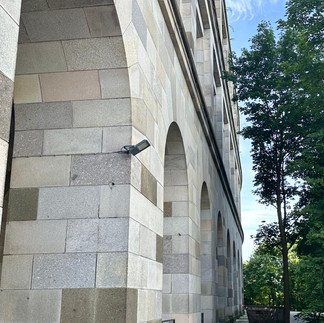





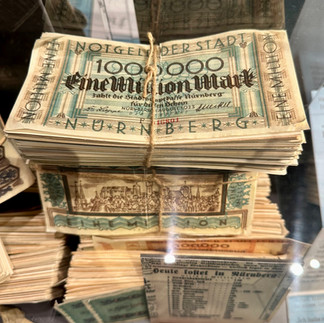





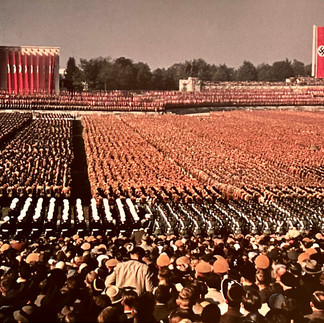

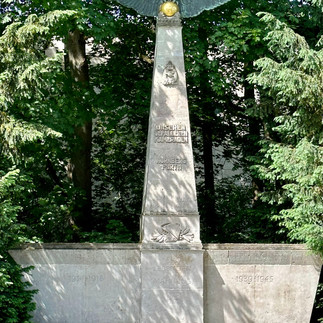

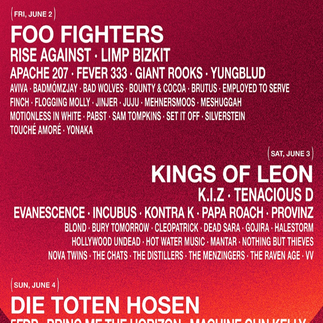



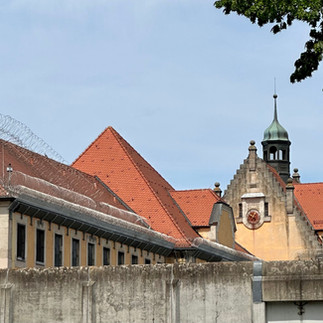






Comments